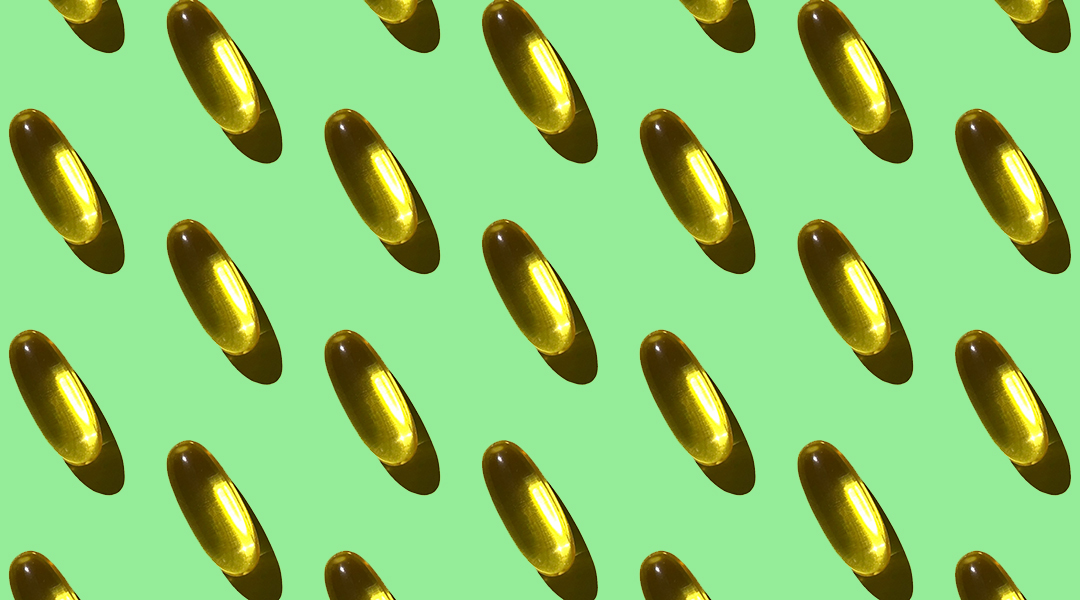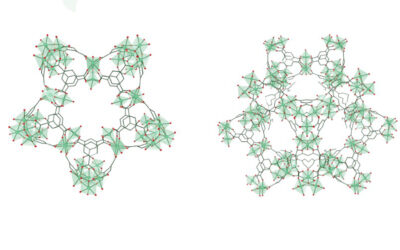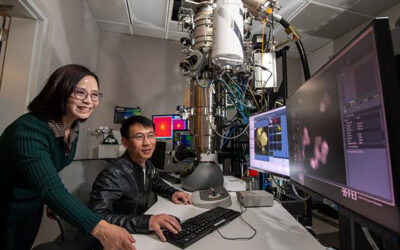Society benefits immensely from pharmaceuticals. Events like the COVID-19 pandemic and the creeping emergence of drug-resistant bacteria expose our reliance on antivirals, antibiotics, and vaccines.
But the desire for pharmaceuticals is at odds with environmental goals, and current methods of drug discovery are not fast enough to outpace the evolution and emergence of deadly microbes. According to Katalin Barta, chemist at the University of Graz in Austria, the solution may be growing all around us.
The process of finding and synthesizing new biologically active compounds, that is, molecules which have the appropriate chemical structures to interact with living cells, are slow, reliant on non-renewable petrochemicals, and produce unacceptable amounts of pollution.
This is in part because biologically active compounds are complex, but the petrochemicals used to synthesize them are comparatively simple and therefore require lots of chemical transformations.
“You will use several reaction steps, you will use several purification methods, you will maybe switch from solvent to solvent, you will use some stoichiometric reagents which generate byproducts which essentially end up being waste,” explained Barta.
This was the challenge Barta and her lab sought to overcome. Is there a quicker, greener path to drug discovery?
Creativity and green chemistry
For Barta, overcoming this problem is all part of the green chemistry she trained in and carries out in her lab. Green chemistry is a technical and philosophical shift in the field of chemistry which began in 1990s. It challenges chemists to design new ways of working that adhere to a set of principles which, when satisfied, minimize waste, hazardous byproducts, pollution, and overall impact on the environment.
Green chemistry requires creativity, expertise, and a solid understanding of the end goal. “First, most creativity goes into understanding what kind of structure we should aim for,” said Barta “Then we have to retrofit, how we get there.” In this case the endpoint was complex molecules with the properties needed to be biologically active. The result, published in Angewandte Chemie, is a new, green pathway to drug discovery.
A key insight for the design of new pathways was the need for a complex rather than simple starting point. “The idea was that if you take something which is structurally more complex than petrochemicals, that is renewable starting materials, and aim for something that is rather complex like a biologically active molecule, maybe you can find a really short pathway to the end product,” explained Barta.
Fortunately, nature already provides many complex molecules with inherent functional properties. One such molecule is lignin, a component of plant cell walls. Barta previously published a method to break apart lignin into smaller components called aromatics, which a class of useful compounds that serve as the building blocks for many consumer products.
According to Barta, these platform chemicals maintain some of the inherent functionality of the starting renewable raw materials, and can therefore be used to create, “a range of other useful products and pharmaceuticals”.
Another crucial observation about lignin which made it an attractive starting point is that the amino acids nature uses to build it are the same ones used to build many naturally occurring biologically active compounds. Moreover, lignin is widely available as part of agricultural or forestry waste streams.
The journey in-between
With the end and starting compounds clearly defined, the team had to create the steps to join the two. “That comes down to the design of catalytic processes, essentially, catalyst and methodology development,” said Barta.
In some instances, they relied on existing ways of modifying molecules, but in others, entirely new reactions and steps were required. One such novel method the group is quite proud of was a cyclization step, where an open-chain molecule is transformed into a closed ring.
“This particular cyclization step normally requires quite harmful organic solvents, or uses mineral acids and harsh conditions, and we managed to use a green solvent called a deep eutectic solvent,” recalled Barta. This eliminated the need for harsh conditions as the green solvent itself promoted the reaction, and can be recycled.
Using this newly designed pathway, the team created a small library of potentially valuable compounds quicker than traditional pharmaceutical methods. Now, they needed to see if any of these had biological activity. For this, Barta turned to Anna Hirsch at the Helmholtz Centre for Infection Research in Germany.
Finding drugs and pushing for sustainability
Using Hirsch’s state-of-the-art methods for screening molecules for biological, antimicrobial, or antiviral activity, they found several promising candidates.
One compound showed an ability to kill the bacteria Streptococcus pneumonia, a priority pathogen according to the World Health Organization, which causes serious lung infections. Other compounds showed promising initial results as potential antivirals and anti-cancer treatments and many others bore striking similarities to other drugs already in use.
Of course, these compounds require more testing before they are deemed safe and useful in people but the proof of a quicker, more environmentally friendly way to generate drug candidates is exciting.
From a small library of about 40 compounds, the group found a surprisingly high number of promising molecules, which highlights the promise of this method. Drug discovery has always relied on generating large numbers of potential candidates in the hopes that one or two work and are safe.
By dramatically speeding up and cleaning up this process, Barta believes this new pathway will not only aid drug discovery but also add momentum to projects aimed at decreasing our reliance on fossil fuels. Specifically, this discovery adds value to the growing bio-refineries industry.
There is growing momentum to build bio-refineries that turn renewable raw materials like waste from agriculture or forestry into a range of products to meet society’s needs like fuels, polymers, and commodity chemicals. Adding a high value product like pharmaceuticals to the equation makes a bio-refinery project more economically attractive and viable.
Creating an economic case for green alternatives by adding high value pharmaceuticals to the repertoire of products would be a benefit to society while also producing products we desperately need.
Reference: Katalin Barta, et al. Clean Synthetic Strategies to Biologically Active Molecules from Lignin: A Green Path to Drug Discovery (2023), Angewandte Chemie. DOI: https://doi.org/10.1002/anie.202308131
Image credit: Eugenia Kozyr on Unsplash

















